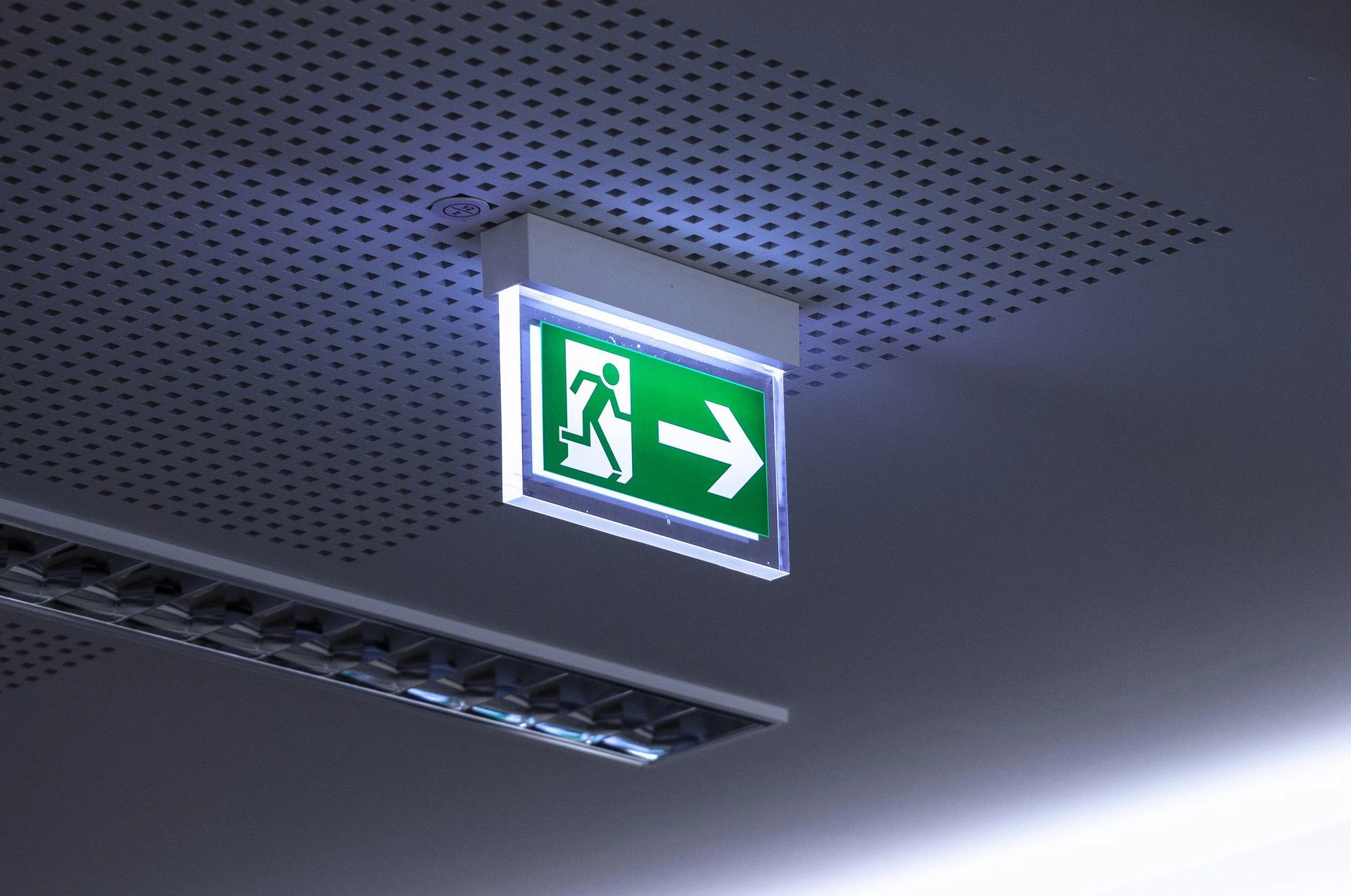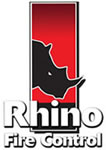
What Fire Safety Signage Regulations Are Currently In Place?
Fire safety signs in the workplace and public buildings are essential to facilitate efficient evacuations and enable the fast implementation of fire suppression measures. Visible instructions from safety signs provide employees and visitors with clear indications about what to do if the fire alarm sounds and help to contribute to a safer environment for everyone.
Certain fire safety signage is compulsory under UK law. While fire emergency exit signs are the most easily recognised examples, fire safety signage regulations identify several categories of signage that are required. In particular, premises managers should be aware of:
- The Regulatory Reform (Fire Safety) Order 2005, which amalgamates all current fire safety laws in the UK.
- The Health and Safety (Safety and Signals) Regulations 1996 which specifically relates to safety signage.
What Are The Key Principles of The Fire Safety Signage Requirements?
It is important to note that all fire safety signage is required to be visible and legible in all light conditions. An obscured sign is worthless, so additional emergency illumination may be necessary through the use of external or internal lamps, or self-illumination if there is no external power source available. If your premises requires emergency lighting, your fire exit signs will also probably need illumination.
There are four main types of fire signs required in commercial and public buildings:
1. A fire action notice.
This ensures that employees and visitors understand what to do if they discover a fire or need to leave the building in an evacuation. All commercial premises must, by law, display a fire action notice, which is personalised to include details such as:
- Action to take in the event of a fire
- Emergency contact numbers
- The designated assembly point outside the building
- Other building-specific information
2. Emergency exit routes, fire doors, and assembly points.
In all commercial premises emergency exit signage is essential however complex the buildings is. Directional signs are necessary to show both occupants and visitors the route to follow in a fire evacuation. All fire doors must be demarcated with an appropriate sign, while the assembly point should be indicated with an easy-to-see sign set well away from the building.
3. The location of fire safety equipment.
As 95 per cent of small fires tackled with a fire extinguisher are quenched in under two minutes, it is vital that employees know where to find fire safety equipment in an emergency. Bear in mind that, when panicked, colleagues may not think rationally, so signage is invaluable in directing staff to the resources they need. Fire alarm call points should also be clearly demarcated: if a blaze breaks out, the faster the alarm is raised, the quicker an evacuation will be.
4. Prohibition or warning signs, such as ‘No Smoking’.
Prohibition signs, usually a red circle with a diagonal band, and warning signs in yellow and black, must be used where there is an elevated risk of fire. For example, the storage of flammable liquids poses a fire hazard if caution is not exercised, so employees and visitors must be made aware of the risks so that they behave in a cautious manner.
Professional Fire Signage British Standard Advice From Rhino Fire Control
At Rhino Fire Control, our experts can provide up-to-date advice about your responsibilities under the fire safety signage regulations active in the UK.
Rather than risking falling short of the rules, please get in touch with our knowledgeable team, who can undertake fire safety signage planning and installation to protect your people and property should a blaze break out.
Image Source: Pixabay



